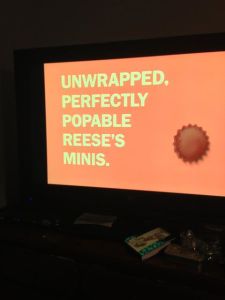

Did your older relatives or teachers ever correct you saying, “It’s him and I,” or “don’t say me,” when you were trying to tell a story?
I think it’s a typical experience of childhood. There’s this idea that saying, “and I” is more proper, or sounds fancy, and that “me” is wrong. I couldn’t begin to tell you why this stigma, for lack of better word, started, but I have good news. Grandma was wrong! At least part of the time.
There is no rule that says “him and me/me and him” is ALWAYS incorrect. It depends on the sentence.
“I” is a subject pronoun. You use it to refer to a sentence subject that’s completing an action. “He and I went to the mall.”
“Me” is an object pronoun. You use it to refer to the recipient of the action in a sentence. “He threw the ball to me and my sister.”
So, take this example:
“After school let out, my sister and ___________ had soccer practice.”
How do you know which pronoun is appropriate? “Me” or “I”…
If you are confident in your ability to identify subject versus object, the answer is clear. If you need more help, I have a trick.
To determine which pronoun fills in the blank, read the sentence one person at a time using each of your options for the blank, “me” and “I.” The sentence should be a complete and grammatically sound sentence even when the second party is taken out of the scenario.
“After school let out, my sister had soccer practice.” Ok, that’s fine.
“After school let out, ___me___ had soccer practice.” Eh. No one talks like that. Do you hear how awkward it sounds?
“After school let out, ____I____ had soccer practice.” Bingo.
“After school let out, ____my sister and I____ had soccer practice.” “My sister and I” are the subjects of the sentence, so it fits the grammatical rule about the pronoun “I,” meaning “my sister and I” COMPLETE THE ACTION. In addition, it passes the fill-in-the-blank test.
Try another.
“At the bank, the teller gave ____________ and my cousin some candy.”
“At the bank, the teller gave ___me___ some candy.”
You wouldn’t say, “At the bank, the teller gave ____I____ some candy.”
So, “At the bank, the teller gave ___me and my cousin___ some candy.”
Here, “me and my cousin” RECEIVE THE ACTION. It’s not about WHAT they got–candy–but about the receiving in general. They were on the RECEIVING END of the teller’s giving.
Another note about this trick: If you can replace the people in the sentence with “us,” it’s a “me” sentence. If you can replace the people in the sentence with “we,” it’s an “I” sentence.
I hope that gave you a quick way to check your usage when in doubt. It’s rare that any trick for using English grammar has a 100% correct rate. English is full of exceptions. I’m happy to say, though, that this trick ALWAYS works.
Now you can correct Grandma. (I’m just teasing. Be nice to Grandma.)
tl:dr: In a sentence with multiple people and “me” or multiple people and “I,” read the sentence without the other parties and test how it sounds saying “me” versus “I.” Do the people involved COMPLETE THE ACTION (use “I”) or do the people involved RECEIVE THE ACTION (use “me”).
Still struggling? Leave questions in the comments! I always reply.













